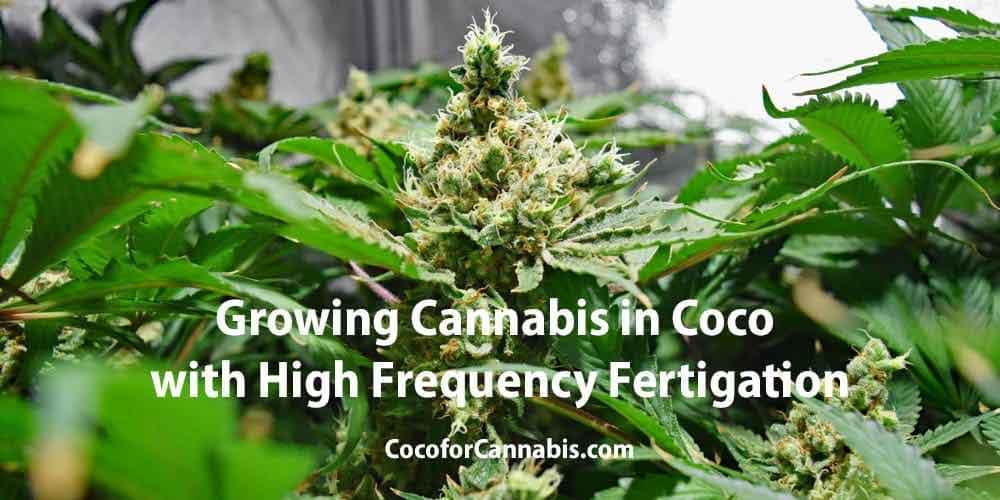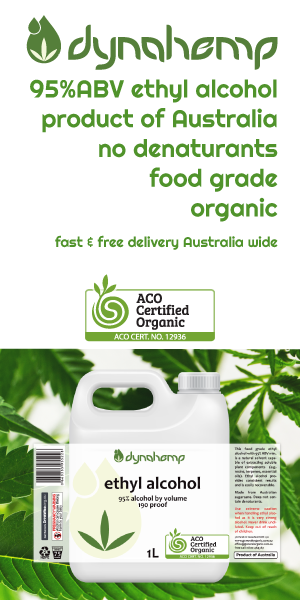OZIOZIAUTO
Baked
- User ID
- 2870
Howdy's
I found this write up a couple weeks ago and have not stopped reading it.....( Now's the opening for the smart old codgers)
Wow its a fantastic read and full of really good stuff

 www.cocoforcannabis.com
www.cocoforcannabis.com
I found this write up a couple weeks ago and have not stopped reading it.....( Now's the opening for the smart old codgers)
Wow its a fantastic read and full of really good stuff

Growing Cannabis in Coco Coir with High Frequency Fertigation - Coco For Cannabis
Learn how to unlock the magic of growing cannabis in coco coir with high frequency fertigation! Guide to feed and water cannabis in coco like a pro!





